
USS Tanager (AM-385) was an Auk-class minesweeper acquired by the United States Navy for the dangerous task of removing mines from minefields laid in the water to prevent ships from passing.
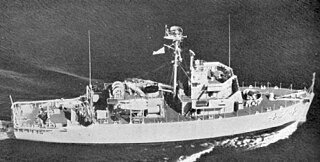
USS Vital (AM-474/MSO-474) was an Agile-class minesweeper in service with the United States Navy from 1955 to 1972. She was sold for scrap in 1979.

USS Swerve (MSO-495) was an Agile-class minesweeper acquired by the U.S. Navy for the task of removing mines that had been placed in the water to prevent the safe passage of ships.
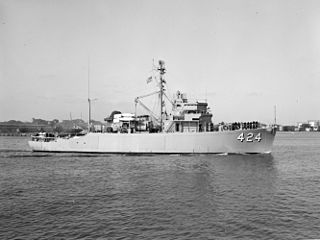
USS Bold (MSO-424) was an Agile-class minesweeper acquired by the U.S. Navy for the task of clearing mines that had been placed in the water to prevent the safe passage of ships.

USS Pinnacle (AM-462/MSO-462) was an Aggressive-class minesweeper acquired by the U.S. Navy for the task of removing mines that had been placed in the water to prevent the safe passage of ships.

USS Valor (AM-472/MSO-472) was an Agile-class minesweeper in service with the United States Navy from 1954 to 1970. She was sold for scrap in 1971.

USS Bluebird (AMS/MSC-121) was a Bluebird-class minesweeper acquired by the US Navy for clearing minefields in coastal waterways.

USS Agile (MSO-421) was an Agile-class minesweeper acquired by the U.S. Navy for the dangerous task of removing mines from minefields laid in the water to prevent ships from passing.
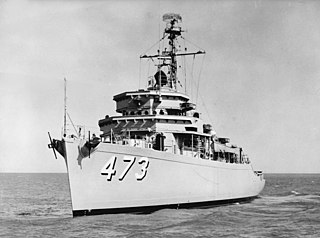
USS Vigor (AM-473/MSO-473) was an Agile-class minesweeper acquired by the U.S. Navy for the dangerous task of removing mines from minefields laid in the water to prevent ships from passing.

USS Avenge (MSO-423) was an Agile-class minesweeper acquired by the U.S. Navy for the task of clearing mines that had been placed in the water to prevent the safe passage of ships.

USS Dominant (MSO-431) was an Agile-class minesweeper built for the United States Navy.

USS Nimble (AM-459/MSO-459) was an Agile-class minesweeper in service with the United States Navy from 1955 to 1970. She was sold for scrap in 1981.

USS Notable (AM-460/MSO-460) was an Aggressive-class minesweeper acquired by the U.S. Navy for the task of removing mines that had been placed in the water to prevent the safe passage of ships.
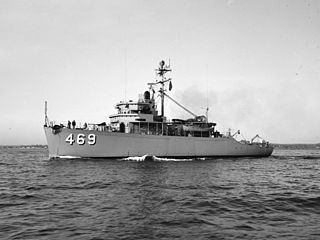
USS Sagacity (AM-469/MSO-469) was an Agile-class minesweeper acquired by the U.S. Navy for the task of removing mines that had been placed in the water to prevent the safe passage of ships.

USS Venture (AM-496/MSO-496) was an Aggressive-class minesweeper acquired by the U.S. Navy for the task of removing mines that had been placed in the water to prevent the safe passage of ships.

USS Adroit (AM-509/MSO-509) was an Acme-class minesweeper acquired by the U.S. Navy for the task of removing mines that had been placed in the water to prevent the safe passage of ships.
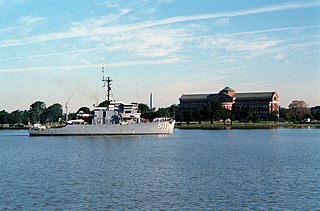
USS Affray (AM-511/MSO-511) was an Acme-class minesweeper acquired by the U.S. Navy for the task of removing mines that had been placed in the water to prevent the safe passage of ships.

USS Alacrity (AM-520/MSO-520) was an Ability-class minesweeper acquired by the United States Navy for the task of removing mines that had been placed in the water to prevent the safe passage of ships.

USS Assurance (AM-521/MSO-521) was an Ability-class minesweeper acquired by the U.S. Navy for the task of removing mines that had been placed in the water to prevent the safe passage of ships.

USS Verdin was a YMS-1-class minesweeper of the US Navy that served during World War II. Laid down as PCS-1439 on 5 September 1943 at Jacksonville, Florida, by the Gibbs Gas Engine Co.; redesignated YMS-471 on 27 September 1943; launched on 23 May 1944; and commissioned on 27 October 1944.




















